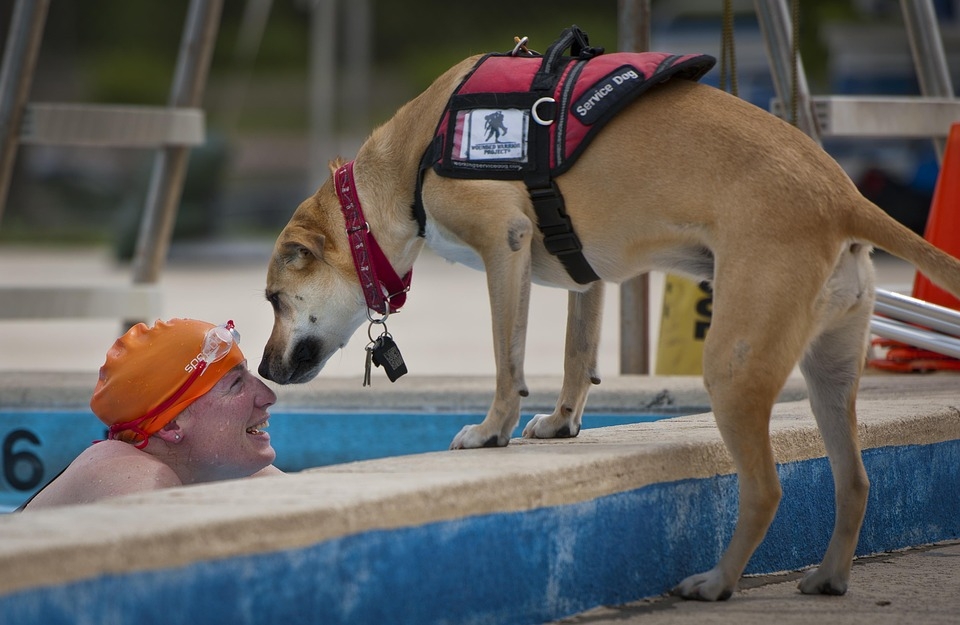The law protects the right of all people with mild or permanent disabilities to engage in sports activities.
In fact, Italian Ministerial Decree no. 236/89 requires all areas intended for sports activities to be accessible to people with disabilities. The buildings and their individual areas must have entrances suitable for allowing access by people with reduced mobility or sensory disabilities.
In addition to ensuring accessibility, is also necessary to guarantee the possibility of using all the areas and equipment.
A significant amount of design headroom is provided in order to ensure perfect accessibility to the sports facilities, with the exception of a few binding elements: e.g. for the design or renovation of public buildings in general, at least one lavatory for the disabled must be included on each floor.
How to make a swimming pool accessible
When designing or renovating a swimming pool, it is necessary to ensure adequate accessibility for:
- Car parks
- Main entrances
- Horizontal and vertical pathways
- Lavatories and changing rooms
- Pool entries
For blind or visually impaired individuals, it is necessary to provide a tactile pathway in relief connecting the various areas of the facility.
For people in wheelchairs, any minor height gaps must be eliminated using ramps with handrails. In the case of major height gaps, lifts or platforms must be installed.
The installation of handrails and non-slip flooring in general will serve to ensure greater safety for all.
In order to access the pools, individuals must have the possibility of using stairs, ramps or lifts, depending on the severity of their disabilities. Ramps and stairs must always have handrails.
All corners and edges must be rounded.
It is recommended for steps and ramps to be in contrasting colours, in order to ensure greater visibility for the visually impaired. The lanes in the pool should be separated by ropes.
The benefits of aquatic sports activities
Swimming and aquatic rehabilitation activities are generally recommended to people with disabilities by physicians.
Aquatic sports activities offer several major advantages for people with physical limitations: thanks to the extra support provided by the water, less weight needs to be borne by compromised body parts, and this allows for greater freedom of movement. A therapist, however, must always be present in order to assist of the individual.
The benefits associated with these types of activities are listed below:
- Reduced pain
- Greater range of movement
- Improved posture
Anyone can get involved in sports: the example of the Paralympic athletes
There is an increasing amount of awareness of sports for people with disabilities.
The Paralympic Games have been held since 1960, and are attracting an increasing number of spectators each time around. The games provide a venue for athletes with varying degrees of physical disabilities to compete in every sport.
Swimming has always been part of the Paralympic Games. The athletes are divided into categories based on their type of disability, which can also be multiple.
The competitors include athletes missing one or more limbs, athletes suffering from paralysis, and athletes with vision problems: nobody is precluded from participating in competitive sports activities!



